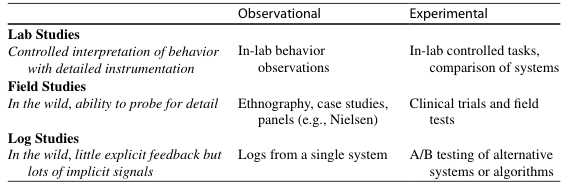With the advent of Google Docs we're finally moving away from the archaic indexing mentioned here. The filesystem metaphor was simple and dominated how everyone manages their data-- which extended into how we developed web content, as well.
The declaration that Hierarchical File Systems are Dead has led to better systems of tagging and search, but we're still far from where we need to be since there is still a heavy focus on the document as a whole instead of also the content within the document.
The linearity of printed books is even more treacherously entrenched in our minds than the classification systems used by libraries to store those books.
One day maybe we'll liberate every piece of content from every layer of its concentric cages: artificial systems of indexing, books, web pages, paragraphs, even sentences and words themselves. Only then will we be able to re-dress those thoughts automatically into those familiar and comforting forms that keep our thoughts caged.


